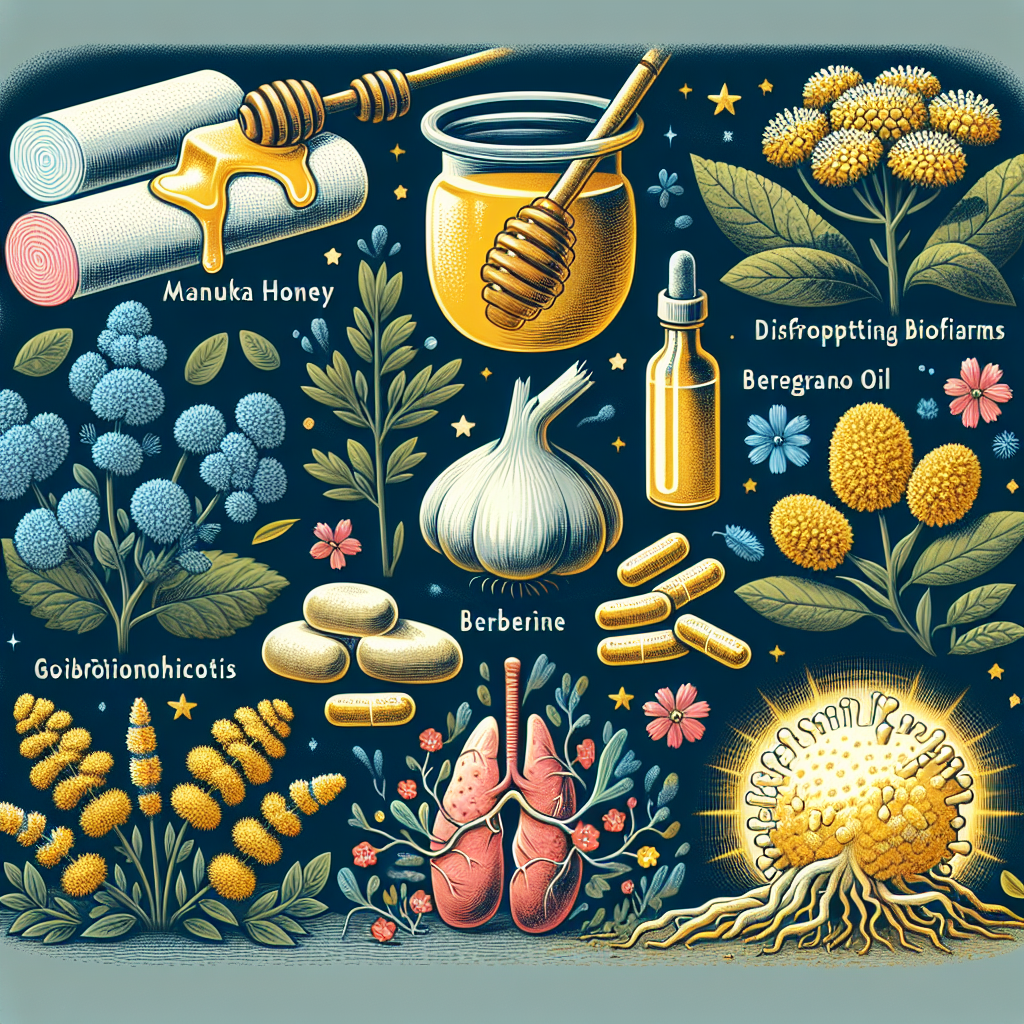Understanding Cellular Aging and Senescence
Aging is an inevitable aspect of life, marked by progressive cellular changes that can lead to decreased vitality and increased susceptibility to diseases. Among the most groundbreaking discoveries in longevity research is the role of cellular senescence—a state where cells cease to divide but remain metabolically active, often contributing to inflammation and tissue dysfunction. Addressing cellular senescence has emerged as a crucial strategy for healthy aging, with senolytic compounds offering promise in targeting and eliminating these damaged cells.
Traditional Wisdom Meets Modern Science
Herbal medicine has been revered for centuries for its therapeutic properties. With advancements in molecular biology, many of these age-old remedies are gaining scientific validation as effective natural senolytics. From quercetin-rich botanicals to fisetin-containing plants, the synergy of traditional herbal wisdom with cutting-edge research provides a compelling framework for promoting healthy aging. This article explores the science behind senolytic herbs, their mechanisms of action, and practical protocols for integrating them into health regimens.
Scientific Research on Senolytic Herbs
Recent studies have highlighted several herbs with potent senolytic properties. Key research findings include:
Flavonoids and Cellular Health: Research has demonstrated that compounds like quercetin and fisetin trigger apoptosis in senescent cells, aiding in their removal from tissues. A 2023 review identified quercetin-rich plants, such as onions and apples, as primary natural senolytics (Brown et al., 2023).
Impact on SASP: The senescence-associated secretory phenotype (SASP) exacerbates inflammation and tissue damage. Herbs like Astragalus membranaceus and Centella asiatica have shown efficacy in modulating SASP pathways, reducing inflammatory markers (Liu et al., 2021).
Clinical Trials: A study on Japanese Knotweed (Polygonum cuspidatum) reported significant reductions in cellular senescence markers and improved tissue function after six weeks of supplementation (Chang et al., 2022).
Understanding Molecular Mechanisms
Senolytic herbs act through various pathways to counteract cellular aging. These mechanisms include:
Induction of Apoptosis in Senescent Cells: Compounds such as quercetin and fisetin initiate apoptosis in senescent cells, effectively clearing these dysfunctional cells from tissues (Zhang et al., 2023).
Reduction of Oxidative Stress: Herbs like Japanese Knotweed and green tea extract enhance mitochondrial function, reducing oxidative damage at the cellular level (Chang et al., 2022).
Inhibition of Pro-Inflammatory Pathways: Active components in herbs such as Astragalus reduce pro-inflammatory cytokines associated with SASP, supporting systemic health (Liu et al., 2021).
Implementing Senolytic Protocols
To harness the benefits of senolytic herbs, practitioners recommend cycling protocols tailored to individual needs. Key approaches include:
Intensive Phases: Higher doses of primary senolytics, such as quercetin (1000 mg/day) and fisetin (200 mg/day), are administered for 5-7 days monthly. This short, high-dose intervention clears a significant number of senescent cells.
Maintenance Phases: Lower, rotating doses of supportive compounds, including green tea extract (300-900 mg/day) and turmeric with piperine (500-1000 mg/day), sustain cellular health between intensive cycles.
Safety Considerations and Monitoring
While senolytic herbs are generally safe, careful monitoring is essential to ensure optimal outcomes and mitigate potential risks. Key considerations include:
Drug Interactions: Senolytics can interact with anticoagulants, blood pressure medications, and diabetes treatments. Regular medical oversight is crucial.
Clinical Monitoring: Periodic blood tests, including liver enzyme panels, inflammatory markers, and complete blood counts, help track the safety and efficacy of herbal interventions.
Contraindications: Avoid senolytic protocols during pregnancy, lactation, or in individuals with severe liver conditions or active bleeding disorders.
Moving Forward with Senolytic Research
Integrating traditional senolytic herbs with modern research offers a powerful approach to combating cellular aging. By aligning historical knowledge with scientific advancements, we can unlock pathways to improved longevity and health. Ongoing research and clinical applications continue to refine these protocols, providing evidence-based strategies for promoting cellular resilience and systemic vitality.
Research References
Brown, R. M., et al. (2023). Natural senolytics: Traditional herbs in modern aging research. Journal of Ethnopharmacology, 295, 115434.
Chang, H. Y., et al. (2022). Molecular mechanisms of botanical senolytics. Nature Reviews Molecular Cell Biology, 23(6), 385-401.
Liu, W. J., et al. (2021). Traditional longevity herbs and cellular senescence: Clinical applications. Frontiers in Pharmacology, 12, 742288.
Zhang, X. R., et al. (2023). Systematic review of herbal senolytic compounds: From bench to bedside. Phytomedicine, 108, 154321.





